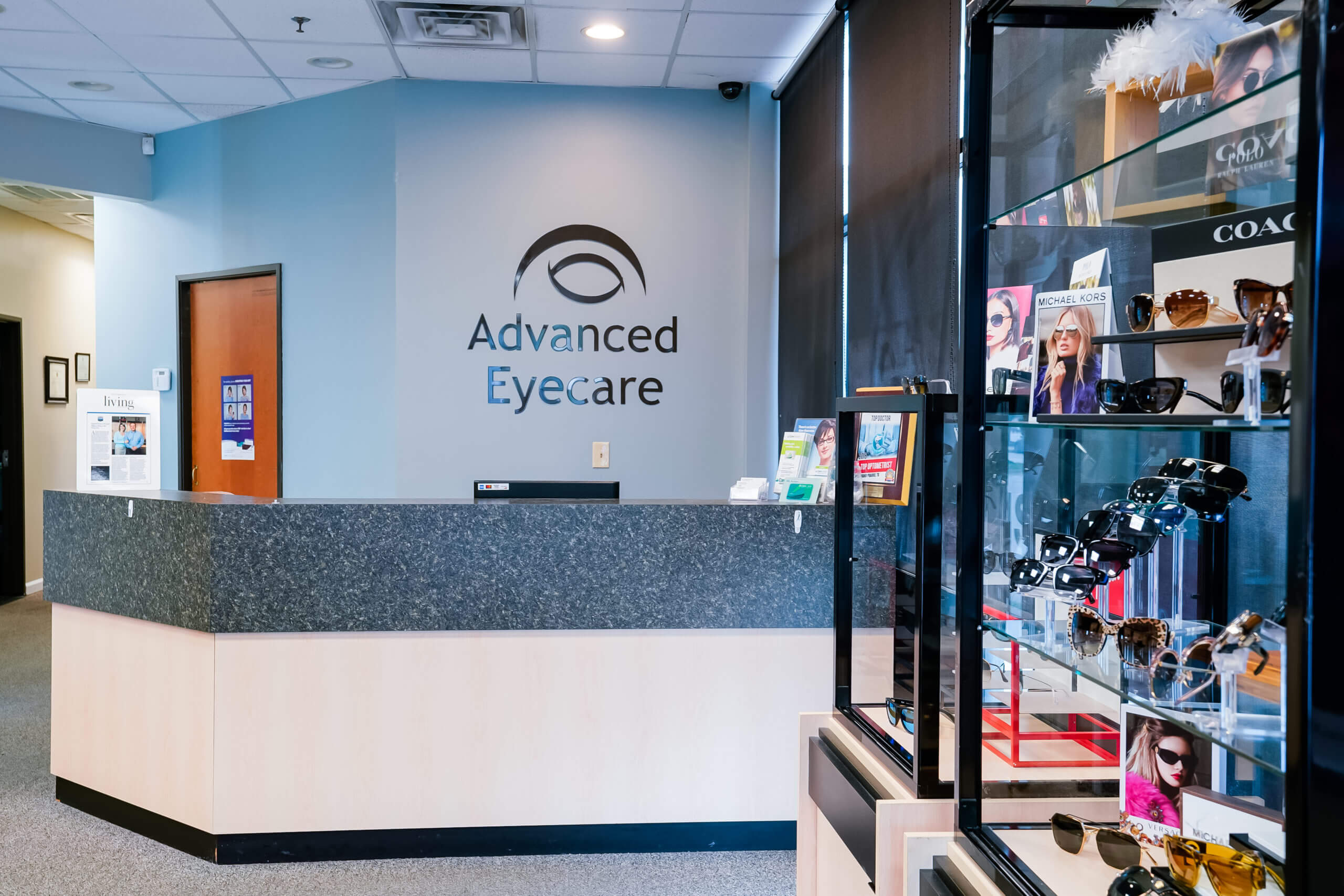Discover Andalusia's Ideal Cardiologist Clinics and Services
Discover Andalusia's Ideal Cardiologist Clinics and Services
Blog Article
The Advantages And Disadvantages of Various Refractive Surgical Procedures for Enhanced Eyecare

LASIK Surgical Procedure
LASIK surgical treatment is a frequently performed refractive procedure that intends to remedy vision concerns such as astigmatism, nearsightedness, and farsightedness. During the procedure, a thin flap is created on the cornea, and a laser is used to improve the underlying cells, remedying the refractive mistake.
One of the main benefits of LASIK surgical treatment is the rapid renovation in vision experienced by numerous people. It is vital for people thinking about LASIK surgery to go through a comprehensive analysis by an eye care expert to determine if they are appropriate prospects for the treatment.
PRK Procedure
The PRK procedure, additionally known as Photorefractive Keratectomy, is a type of refractive surgical procedure that intends to deal with vision concerns similar to LASIK surgical treatment. Unlike LASIK, which includes creating a flap in the cornea, PRK works on the surface area layer of the cornea.
One of the advantages of PRK over LASIK is that it removes the risk of flap-related issues given that no flap is developed during the surgical treatment. Despite the longer recovery duration, PRK can be an appropriate choice for individuals seeking vision improvement surgical treatment.
SMILE Surgery
A cutting-edge refractive surgery strategy acquiring appeal in the field of ophthalmology is SMILE Surgical procedure. Tiny Cut Lenticule Extraction (SMILE) is a minimally invasive treatment that fixes vision by reshaping the cornea making use of a femtosecond laser. Unlike typical LASIK surgical procedure, SMILE Surgical treatment involves developing a tiny laceration in the cornea to extract a lenticule, which causes much less disruption to the corneal framework and potentially much faster recovery times.
One of the main benefits of SMILE Surgical treatment is its ability to deal with myopia (nearsightedness) and astigmatism with high precision, causing superb visual results for people. The minimally intrusive nature of the procedure additionally decreases the danger of difficulties such as dry eye disorder, making it a desirable choice for individuals seeking refractive surgical procedure.

LASEK Method
Having checked out the advantages and considerations of SMILE Surgical treatment, another noteworthy refractive surgery method worth examining is the LASEK Strategy. LASEK, which means Laser-Assisted Subepithelial Keratectomy, is a form of laser eye surgical procedure that intends to correct refractive mistakes such as nearsightedness (nearsightedness), hyperopia (farsightedness), and astigmatism.
Unlike LASIK, LASEK does not involve developing a corneal flap. Rather, throughout a LASEK procedure, the doctor uses a diluted alcohol solution to loosen up the thin external layer of the cornea, referred to as the epithelium. This layer is then delicately relocated aside to enable look at this now the laser to reshape the underlying corneal tissue. When the cornea has actually been reshaped to the preferred level, the epithelial layer is repositioned.
One of the key benefits of LASEK is that it can be suitable for individuals with slim corneas who might not be excellent prospects for LASIK. Additionally, LASEK generally results in marginal post-operative discomfort and a quicker recuperation time compared to PRK. Nevertheless, the aesthetic recovery procedure with LASEK might be somewhat longer than with LASIK.
Implantable Contact Lenses
Implantable Call Lenses offer a lasting vision adjustment service for people seeking an alternative to standard get in touch with lenses or glasses. These lenses, also recognized as phakic intraocular lenses, are surgically inserted right into the eye to remedy refractive mistakes such as myopia (nearsightedness), hyperopia (farsightedness), and astigmatism. eye doctors in andalusia. Unlike standard contact lenses that sit on the surface of the eye, implantable call lenses function within the eye itself, providing clear vision without the requirement for daily maintenance or removal
Among the vital benefits find this of implantable get in touch with lenses is their durability. When inserted, they can stay in the eye forever, using secure and consistent vision correction. Furthermore, these lenses can be an outstanding option for people that are not great prospects for laser eye surgery or who like a relatively easy to fix vision modification procedure.
However, implantable contact lenses do bring some risks, including the potential for cataracts or raised eye pressure. It is crucial for individuals considering this option to talk to an eye care specialist to figure out if implantable contact lenses are the ideal choice for their specific demands and eye wellness.
Verdict
Finally, each sort of refractive surgery has its very own advantages and drawbacks. LASIK surgical procedure is preferred for its quick recuperation time, while PRK procedure click to read more might appropriate for individuals with slim corneas. SMILE surgical procedure provides minimal pain during the treatment, yet LASEK technique may have a longer recovery procedure. Implantable call lenses give an alternative for those that are not appropriate candidates for standard surgeries. People should seek advice from their eye treatment supplier to figure out the most effective choice for their private requirements.

On The Whole, SMILE Surgical treatment offers a promising choice for individuals looking to enhance their vision with refractive surgery.
Report this page